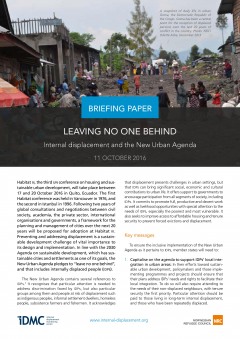La formalisation des droits sur la terre : bilan des expériences et des réflexions
Date: Avril 2017
Source: Foncier & Développement
Les différentes contributions figurant dans ce numéro ont été rédigées dans le cadre de journées d’étude organisées par le Gret les 16 et 17 décembre 2013 à Nogent-sur-Marne pour le chantier « Formalisation des droits sur la terre » du Comité technique Foncier et développement.






